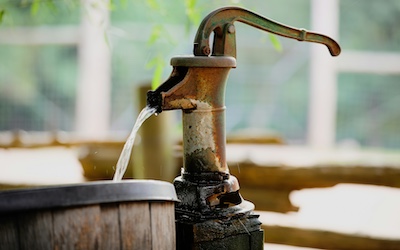
Global drivers of local water stresses and global responses to local water policies in the United States
I. Haqiqi, L. Bowling, S. Jame, U. Baldos, J. Liu, and T. Hertel
Environ. Res. Lett. (19 May 2023)
Global food security can be threatened by short-term extreme events that negatively impact food production, food purchasing power, and agricultural economic activity. At the same time, environmental pollutants like greenhouse gases (GHGs) can be reduced due to the same short-term extreme stressors. Stress events include pandemics like COVID-19 and widespread droughts like those experienced in 2015. Here we consider the question: what if COVID-19 had co-occurred with a 2015-like drought year? Using a coupled biophysical-economic modeling framework, we evaluate how this compound stress would alter both agricultural sector GHG emissions and change the number of undernourished people worldwide. We further consider three interdependent adaptation options: local water use for crop production, regional shifts in cropland area, and global trade of agricultural products. We find that GHG emissions decline due to reduced economic activity in the agricultural sector, but this is paired with large increases in undernourished populations in developing nations. Local and regional adaptations that make use of natural resources enable global-scale reductions in impacted populations via increased global trade.
summary slide | DOE highlight | open access manuscript